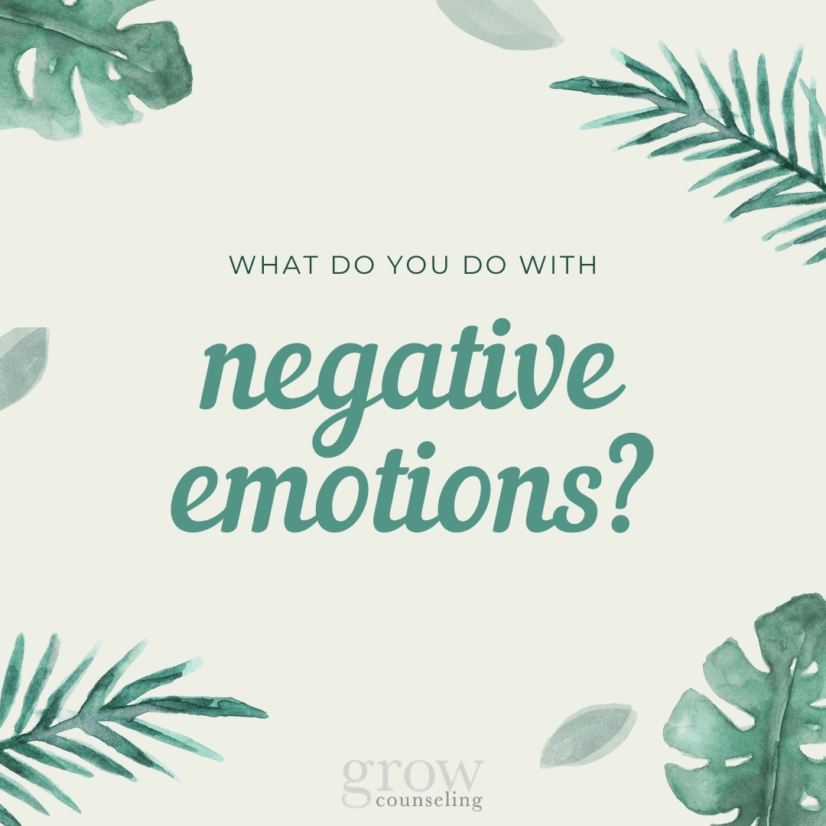I haven’t met a single person who has managed to avoid negative emotions. In all honestly, coping skills such as avoidance and distraction can be helpful at times – when we get bad news while we’re at work, but we still need to present in our meeting that afternoon; or we need to be present for our kids for another few hours until they go to bed.
So we avoid, distract, or compartmentalize and say “out of sight, out of mind”. That can be adaptive (but just for a little while!).
These strategies are adaptive when they help us function how we need to until we are able to create space to experience the emotions we are feeling. These strategies can become problematic when they become the catch-all for any bad news, emotional disturbance, or relational distress, and when the road ends there.
We have to feel the emotion sometime, whether we like it or not. When we choose to continue along the path of avoidance, oftentimes our emotions end up choosing us, sometimes in more of a “volcanic eruption” type fashion.
A common question that comes up in my office is “okay, great—I hear you say I am supposed to feel my emotions, but what am I supposed to DO with them?” When emotions (typically negative ones) feel big and scary, “what do I do” is a great question.
The first step in creating more tolerance for your emotions is to identify what you’re feeling. Many of us feel hesitant to engage in this process due to not knowing what will happen or how something will feel—and identifying what we are feeling is a great first step. When we can name how we feel, we begin to know what we are dealing with. I am feeling sad. I am feeling angry. I am feeling scared, ashamed, embarrassed.
Once you’ve named what you’re feeling, allow yourself to be curious! Ask yourself some questions about your experience—what is going on for me? What is coming up? Where do I feel it in my body? What do I need in this moment?
As you are practicing curiosity and learning more about your experience, it is important to try to withhold judgment about the emotion you’re feeling. We are often our own worst critic, but in this process, try to put the judgment or what we think we “should” be feeling to the side.
- Accept that this is what’s coming up for you right now, and that’s okay.
- Allow yourself to experience the emotion, knowing that it will ebb and flow, like a wave in the ocean.
- Practice differentiating yourself from your emotion, observing that you are not your emotion, rather your emotion is a feeling you are experiencing in the moment. Remember that feelings are not forever, and the wave will pass.
- Self-compassion, in addition to non-judgment is important in this process as we give ourselves grace in learning how to regulate and sit with our emotions to more effectively.
The more we practice, the more we will trust that we have the space and capacity to work through hard emotions. The process can be daunting at first, and working with a counselor when learning this process may be helpful.
Written by: Courtney Hintermeyer

